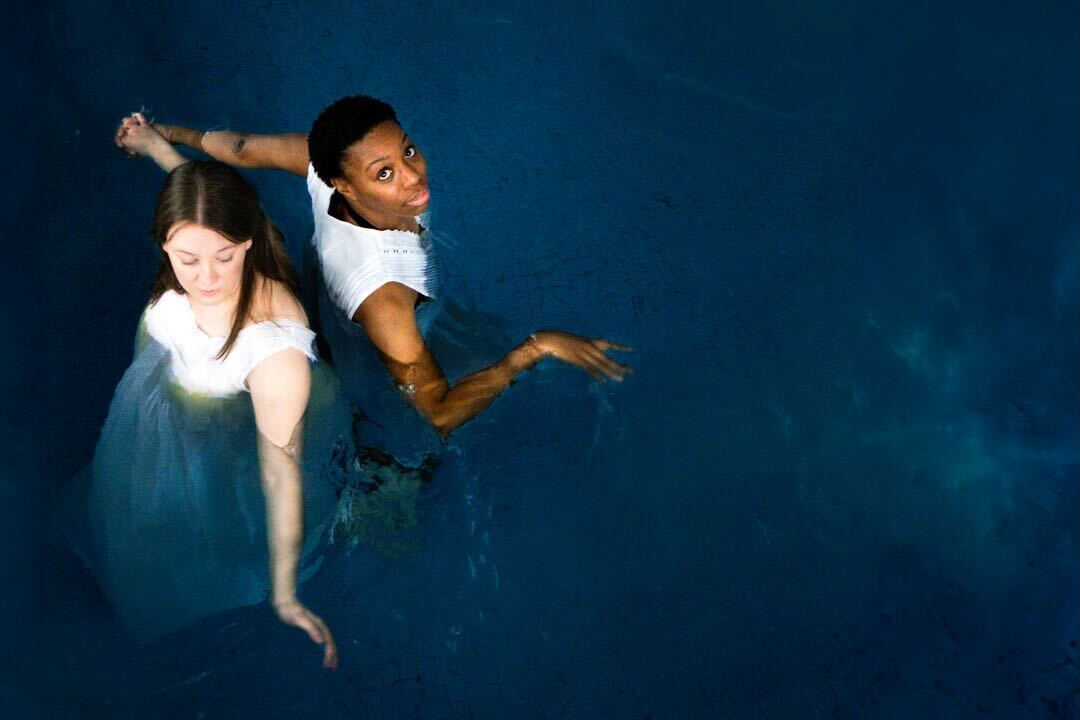Imago Theatre’s success at the META awards demonstrated their dedication to diversity and inclusion.
On Sunday, Nov. 12, The Quebec Drama Federation and the Conseil des arts de Montréal hosted the 11th annual Montreal English Theatre Awards (META) at the jaw-dropping Gesù Theatre—a repurposed Roman Catholic Church in the heart of downtown. For its acclaimed production of “Redbone Coonhound,” Imago Theatre received six awards.
Amongst those awards, Imago won Best Pact Production, Direction, New Text, Costume Design, Emerging Artist, and Supporting Performance, highlighting their success in many different aspects of production. Their celebration showcases their success in pushing artistic boundaries and approach to live production with inclusivity.
Theatre and live performances are an experience many would consider a luxury, and yet, at its core, drama is a form of societal critique, utilizing the stage to provoke contemplation. Theatre itself has been an object of criticism for its rigidity and conservatism as it remains entrenched in traditional story structures, remaining limited in its representation and casting.
Through its critical nature, performance art is changing from the inside out, opening its horizons through processes of inclusion. Indeed, theatre has always been a tool for socio-political commentary, and now it finds itself undergoing a systemic transformation, adapting to an audience that demands an increase in inclusivity, transcending performative diversity on stage. Stage productions like Peter Pasyk’s “Hamlet” starring Amaka Umeh, a Black woman as the lead, at the Stratford Festival in Ontario, highlight a change in theatre that embraces inclusivity, activism, and a commitment to positive change across Canada.
Adam Capriolo, a 31-year-old actor working at the Segal Centre’s box office, finds that there is a lot of inclusive performativity in contemporary theatre, but it only focuses on “a person’s attributes, being mainly their sexuality, their ethnicity, their race, their religion.” “It’s almost like, look, we did it, we included the people, but how are we making them speak? What are their beliefs? What are they saying? Are they full people?” Capriolo said. He claims that inclusive performances are very identity based, categorizing individuals and only using their identities for political debates, instead of including them in day-to-day entertainment. This claim is not novel—inclusive art performances are often called out for tokenizing actors or for being too political.
In contrast to Capriolo’s critique of performative inclusivity, the Imago Theatre stands out for its commitment to go beyond simple token representation. The theatre believes in community building in their creative process, and actively works against backward narratives, ensuring that the inclusion of diverse voices extends beyond mere symbolism. . . According to EKOS Research Associates, 82 per cent of Canadians believe that engaging with the arts contributes to individual well-being, with 65 percent perceiving significant community benefits. Imago Theatre’s commitment to community-based productions echoes these beliefs, resonating with a diverse audience.
Krista Jackson, Imago’s executive and artistic director, explains how her artistic direction is not only focused on hard hitting topics. Jackson said “I’m looking for pieces that are feminist in their structure, in disrupting sort of patriarchal forms of playwriting,”. The theatre’s inclusivity focuses on the creation of their plays. For example, in trying to dismantle confining structures, Jackson explains how the Imago looks and rejects the dominant five-act structure, as a way to look beyond established structures in both form and content. This signals a departure from structural norms that dominate live performance, and aligns with a broader goal of diversifying theater.
The theatre also addresses the economic disparities associated with theatre attendance today. The traditional theatre experience has become financially inaccessible for many, as the cost of tickets has risen after the halt in live performance brought on by the COVID-19 pandemic. Imago Theatre bucks this trend with a pay-what-you-decide model, making live performance accessible. This approach challenges the notion that theatre is a luxury, creating a space where economic barriers are dismantled.
The decline in performing arts attendance among the 15–29 age group in Canada stands in stark contrast to Imago Theatre’s demographic. National statistics indicate a drop in attendees from 51.6 per cent in 1992 to 27.5 per cent in 2023 for this age range. However, Imago Theatre receives an audience demographic that is almost entirely younger generations ranging from 20- to 35-years-olds.
“This idea that we’re speaking to a young demographic that wants to go and see a live performance is unbelievable to me because most theatres around the country are saying, ‘How do we get the young people? Everybody’s so old.’ It’s the plays and it’s the topics discussed,” Jackson explained. This demographic shift goes against the narrative that young people are disinterested in live performances. The theatre’s commitment to align with the changing preferences of the new generation sets the stage for the new forms of art production.
When it comes to participating in live performance, Imago seeks to be accessible to performers, casting over 130 people for a six-person show. Indeed, open auditions, diverse casting, and a commitment to dismantling predetermined roles, define the theatre’s inclusive artistic direction.
The Artista mentorship initiative, currently celebrating its 10th year, serves as a testament to Imago Theatre’s dedication to empowering young women and gender-diverse individuals in their journey through the world of theatre. The free mentorship program is available for women, gender-diverse, trans, and non-binary people, aged 17–22. It is a 15-week program held every Monday night 5–9 p.m. from January through May, with dinner included for participants.
Imago is looking forward to staging Leah-Simone Bowen’s production of “The Flood” from Feb. 15 to 25, at the Centaur Theatre. The play explores the ways the legal system has failed women, based on the true lives of women that were incarcerated in the 1880s under the St. Lawrence market in Toronto.
